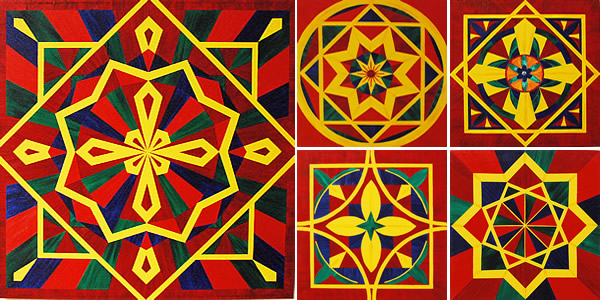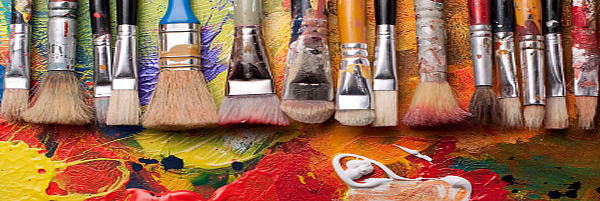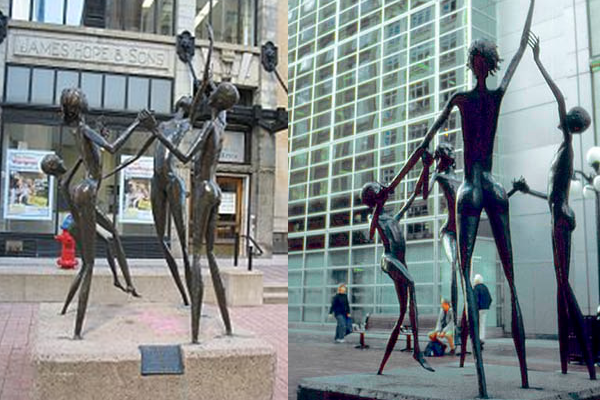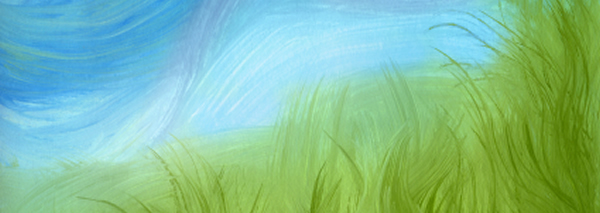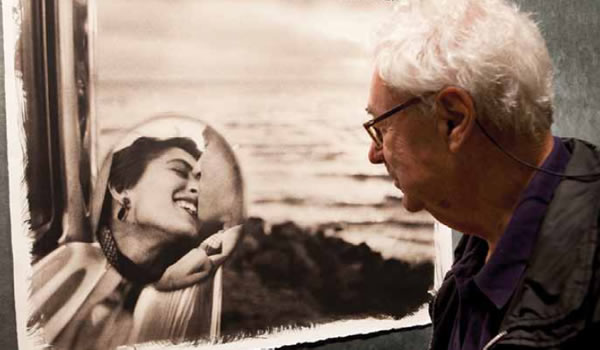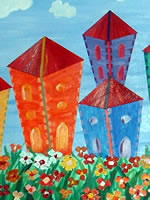My home county, Lebanon, used to be known as the “Switzerland of the Middle East” due to its civility, peace and democracy. This was especially true of the city I grew up in – it was a city of love, understanding and tolerance, where people of different faiths and cultures could peacefully coexist together. Moving about in the happy hustle and bustle of the city, I would encounter people of all sorts of different faiths living, eating, laughing, and enjoying life together in harmony. At this time, differences were a cause for celebration, not violence.
As children, we used to go to the villages and valleys surrounding the city for fun and adventure, as well as serenity. There were endless gardens and valleys stretching out with the abundance of nature for us to play in. I remember waking up at 4:30 in the morning with the other kids to walk for hours in the valley, to reach the orchards and the gardens. We would gather all sorts of fruit – peaches, cherries, pears, grapes – anything that we didn’t have, we would simply wander into the neighbouring gardens to pick, like blackberries and figs. We would spend the whole day picking, and lug home baskets spilling over with fruit. We would arrive home exhausted but entirely happy, rejuvenated by the outdoors. Upon arrival, we’d wash and eat even more fruit, even though our little tummies were full with all the fruit we had stuffed down our throats while picking!
I evoke these happy times in the bright paintings Escape to Affection and Escape to Happiness. However, the time in which they were painted was the complete opposite of this idyllic childhood. Instead, it was a time of great darkness. I had suffered three tremendous blows: the loss of my dear mother, the loss of a great job, and an alarming health scare. I felt completely alone and broken, as if I was lying shattered on a cold and dark floor after experiencing a long, terrifying free fall. There was no exit, and hope was difficult to find – my thoughts turned morbid, and it seemed that the only escape was death.
But I managed to find another escape: art. It was painting that helped me escape this period of darkness and that helped me heal – in particular, it was painting images and scenes inspired by my childhood, diving into these happy memories, vividly recalling a time things were easier, brighter, bursting with possibility just as our baskets had burst with fruit. I realized that the happiness of this time could be found once again through painting; art gave me the healing power to collect the pieces, stand up, and move forward to build a better future.
I put my memories to the brush, and translated them into the bright colours, the beaming sun, and the enchanting gardens. These paintings have an air to whimsy to them, particularly in the buildings and shapes; I want the observer to feel, looking at it, as if they are in a wonderful dream from which they almost don’t want to wake up, happily escaping into the colours of memory and imagination.


